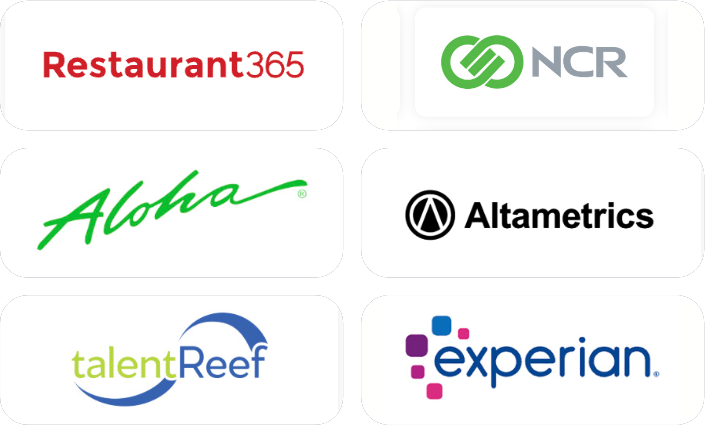Before you exit a PEO, it’s vital that you have a strong strategy in place to provide continuity. Here’s when and how you should take these steps.
In recent years, professional employer organizations (PEOs) have become more and more popular. There are almost 500 PEOs now in America, and these PEOs employ four million workers.
However, a PEO is only a temporary solution for your business.
If your business is growing, it’s important to know exactly why, when and how to exit a PEO if necessary.
Want to leave your own PEO without disrupting your business? Keep reading to discover what to do!
Why exit a PEO?
One common reason businesses stop working with a PEO is that the PEO’s approach no longer works. Many PEOs have a “one-size-fits-all” approach that works well for smaller businesses with less than 50 employees. When those businesses grow, though, they may now need a more dynamic approach.
Some of the reasons include:
- A desire to own your employee data.
Since a PEO is a co-employment agreement between your business and the PEO provider, you don’t own your employee data. The PEO does. - A need for improved customer service.
One of the biggest downsides to using a PEO is that you’re often working with multiple people. If you have two questions to ask, you’ll have to be transferred to one person for one of the questions and to someone else for the other. Many businesses, who have exited PEO, had complained about the delay in response times by the PEO. - A desire to scale.
Growing companies with HR teams find components of a PEO that don’t fit the company’s needs. - A need to mitigate cost.
Fee structures in PEOs are high and benefits are expensive for larger groups and limited in selection.
As a result, growing businesses soon realize that the services provided by a PEO are no longer worth what they are charging!
When to exit a PEO?
If you’re ready to exit a PEO, the timing is very important. And when you make your exit depends on what your business goals are.
Can You Cover the Needs the PEO Was Meeting?
When you hire a PEO, you do so because you need the services they provide. Therefore, the first part of any PEO exit strategy is making sure you can fulfill all of those essential needs. Contact AllianceHCM today to get started.
Double Check Your Contract Terms
Trying to end a PEO relationship early after signing a contract could land your business in legal trouble. On top of that, it may create difficulties for you and your employees.
For example, you may use a PEO to help provide things like dental and health insurance to your employees. If you prematurely end the contract, it may leave those employees without coverage. This can really harm worker morale and may have a negative effect on employee retention.
Also, it makes life easier for your employees if you leave a PEO at either the beginning of the year or the beginning of a new quarter. This reduces how many W2s they have to deal with when tax season rolls around.
Understanding the big picture
All of the advice above can help you figure out when and how to exit a PEO. When you have doubts, though, just ask yourself: does the PEO still fit into the “big picture” for your company?
Most businesses start working with a PEO early on. These small businesses need time and help to grow, and a PEO can help them meet different business goals.
However, those business goals change over time just like the company changes. Every year, you should conduct a strategic audit of which services do or do not help your business achieve your most important goals. And if your PEO provider no longer fits into that big picture, then it’s time to let them go.
Get help with payroll and human capital management today
Now you know all about when and how to exit a PEO. But do you know who you can turn to for reliable business solutions?
Here at AllianceHCM, we specialize in payroll, HR, tax credits, and more. To learn more about what we can do for your business, contact us today!





